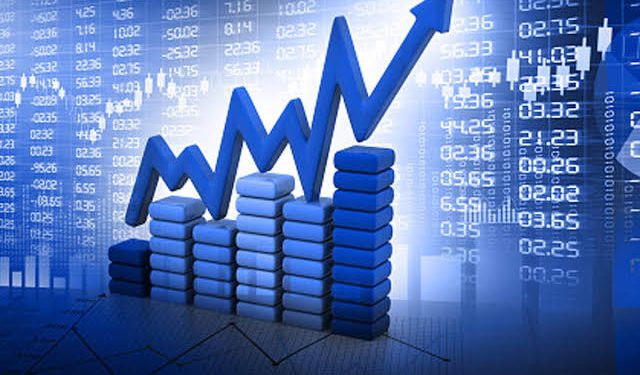Whoever wins in the war between Ukraine and Russia, it will be worse than a pyrrhic victory. The gains will be at such a cost that not only the two warring countries, but the whole world will have to pay a heavy price for it. In fact, the rest of the world has already started suffering for that war. It has already taken such a massive toll on the availability of essential food, fuel and gas that the adverse effects of COVID-19 pandemic have been exacerbated. This is the upshot of the latest World Bank report on the global economy. The report has come to the conclusion that the global economy is facing a protracted period of weak growth and high inflation that the world witnessed nearly half a century ago, in the 1970s. The economic disruption caused by the two-year pandemic is now compounded by Russia’s invasion of Ukraine, the World Bank has warned.
In its half-yearly economic health check, the Washington-based Bank said echoes of the stagflation of the 1970s had prompted it to revise its global growth forecast for the current year from the earlier 4.1 per cent to 2.9 per cent. This is, indeed, alarming.
David Malpass, the World Bank President, sought to dispel any illusion the slow recovery indicated during the early months of the year in no uncertain terms. He said: “The war in Ukraine, lockdowns in China to tackle fresh caseloads of COVID, supply chain disruptions and the risk of stagflation are hammering growth. For many countries, recession will be hard to avoid.”
The Bank said its global economic prospects (GEP) report was the first systematic attempt to compare the current state of the world economy with those during the stagflation nearly five decades ago.
Painting a gloomy picture for the world economy in the next two years it said the slowdown in growth between 2021 and 2024 is set to be twice that of the period between 1976 and 1979. Recovery from the high inflation that followed the oil shocks of the mid and late 1970s required steep increases in interest rates in the West. This led to a series of financial crises in emerging markets and developing economies, the Bank reminded the world.
While both rich and poor countries would be hit by the slowdown in growth, the World Bank said, as is easily predictable, developing and emerging market economies are the most vulnerable. The level of per capita incomes in developing countries in 2022 would be 5 per cent below their pre-pandemic trend. The World Bank has reasons to be worried about the situation. Last month it pledged $12 billion to support low-income countries hit by the loss of food and fertilisers caused by Russia’s invasion and used the GEP to call for “decisive” global and national policy action to avert the worst consequences of the war in Ukraine for the global economy. This means efforts are needed to cushion the heavy blow dealt by surging energy and food prices. One of the measures needed to be taken for this is speeding up debt relief.
The Bank said that after halving from 5.7 per cent in 2021, growth would be stuck at 3 per cent in both 2023 and 2024 as the war has hit hard investment and trade. The pent-up demand from the pandemic faded, and policy support was withdrawn. Alarming prospects are staring the world in the face as growth in advanced economies would decrease from 5.1 per cent to 2.6 per cent this year and that in emerging and developing countries would drop from 6.6 per cent to 3.4 per cent.
In his foreword to the GEP, Malpass said subdued growth was likely to persist throughout the 2020s because of weak investment in most of the world. Just over two years after COVID-19 caused the deepest global recession since World War II, the world economy is again in peril. This time it is facing high inflation and slow growth at the same time. Even if a global recession is averted, the pain of stagflation could persist for several years – unless major supply increases are set in motion.
Amid the war in Ukraine, surging inflation, and rising interest rates, global economic growth is expected to slump in 2022. Several years of above-average inflation and below-average growth are now likely. This will destabilise low and middle-income economies. “It is a phenomenon – stagflation – that the world has not seen since the 1970s,” the World Bank concludes.
The triple blow of soaring inflation, high government debt levels and rising income inequality threaten recoveries in emerging and developing economies. Throughout the pandemic, the Bank has sounded the alarm bell about growing levels of inequality both within and between nations. Its latest report predicts an even grimmer future. In developing economies, including India, governments lack the spending power to stimulate growth. The irony is that swelling prices for assets like stocks and real estate continue to make the rich even richer while inflation hits low-income households especially hard.
Added to this is the rapid spread of the Omicron infections. This, the Bank has noted, is disrupting economic activity that is already being plagued by supply chain bottlenecks.
It would be a Herculean task for both the developed and developing countries to put the economy back on the rails. It is, indeed, the worst of times.







































